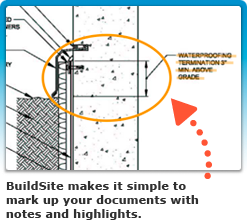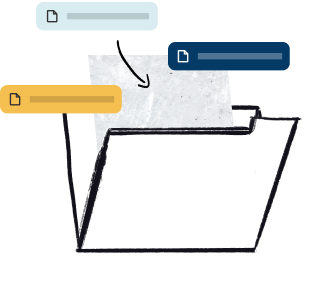Abstract
This practice describes methods that may be used to repair damaged hot-dip galvanized coatings on hardware, structural shapes, and other products fabricated prior to hot-dip galvanizing, and uncoated areas remaining after initial hot-dip galvanizing. The damage may be the result of welding or cutting (flame), in which case the coating will be damaged predominantly by burning. This practice can also be used to repair hot-dip galvanized coatings damaged by excessively rough handling during shipping or erection. Requirements concerning the renovation of uncoated areas remaining after initial hot-dip galvanizing are contained within the applicable material specification. This practice describes the use of three types of material that possess the required properties for repair of damaged galvanized coatings, namely: (1) zinc-based solders which includes low melting point zinc alloy repair rods or powders, (2) paints containing zinc dust, and (3) sprayed zinc (metallizing). The material used for repair shall have the specified coating thickness, shall provide barrier protection and preferably be anodic to steel, and application of the coating shall be possible under shop or field conditions.
This abstract is a brief summary of the referenced standard. It is informational only and not an official part of the standard; the full text of the standard itself must be referred to for its use and application. ASTM does not give any warranty express or implied or make any representation that the contents of this abstract are accurate, complete or up to date.
1. Scope
1.1 This practice describes methods that may be used to repair damaged hot-dip galvanized coatings on hardware, structural shapes, and other products fabricated prior to hot-dip galvanizing, and uncoated areas remaining after initial hot-dip galvanizing. The damage may be the result of welding or cutting (flame), in which case the coating will be damaged predominantly by burning. This practice can also be used to repair hot-dip galvanized coatings damaged by excessively rough handling during shipping or erection. Requirements concerning the renovation of uncoated areas remaining after initial hot-dip galvanizing are contained within the applicable material specification.
1.2 This practice describes the use of low melting point zinc alloy repair rods or powders made specifically for this purpose, the use of paints containing zinc dust, and the use of sprayed zinc (metallizing).
1.3 The extent of repair shall be limited to an area mutually agreeable to the contracting parties. Similarly, contracting parties shall agree to the repair method to be used.
1.4 This specification is applicable to orders in either inch-pound units (as A 780) or in SI units (as A 780M). Inch-pound units and SI units are not necessarily exact equivalents. Within the text of this specification and where appropriate, SI units are shown in brackets. Each system shall be used independently of the other without combining values in any way.
1.5 This standard does not purport to address the safety problems, if any, associated with its use. It is the responsibility of the user of this standard to establish appropriate safety and health practices and determine the applicability of regulatory limitations prior to use.
Reproduced, with permission, from the ASTM International website, copyright ASTM International, 100 Barr Harbor Drive, West Conshohocken, PA 19428. To purchase the complete standard, go to http://www.astm.org/.



